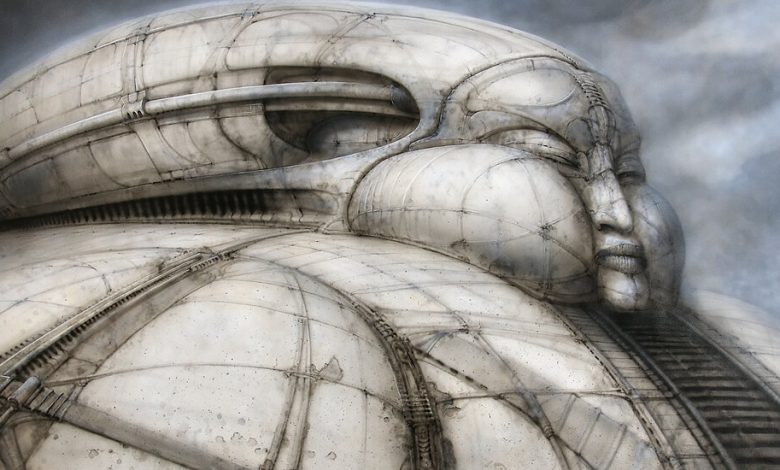‘Dune’ Fans, Here’s a Documentary That Will Blow Your Mind

This week sees the release of “Dune: Part Two,” the second installment in Denis Villeneuve’s eye-popping adaptation of the 1965 Frank Herbert novel. “Dune” was also adapted in 1984, by David Lynch, who hated his version (or the cut that made it to theaters, anyhow) so much that he disavowed it.
Perhaps you’ve seen the Lynch version, which I find kind of charming in its flawed state. (Nobody should be that sweaty on the planet Arrakis.) But if you’re heading to “Dune: Part Two” this weekend, you owe it to yourself to be acquainted with another “Dune” adaptation that doesn’t technically exist and, somehow, is also larger than life.
I’m speaking of the “Dune” we glimpse in Frank Pavich’s 2014 documentary “Jodorowsky’s Dune” (streaming on Max). It chronicles the “Dune” adaptation that never happened, the bright dream of the avant-garde filmmaker Alejandro Jodorowsky (who did make “El Topo” and “The Holy Mountain”).
“Jodorowsky’s Dune” is a chronicle of a man — to mix my literary allusions — on a quixotic quest for his personal white whale. Jodorowsky was hired in 1974 to direct the adaptation, and his vision was gargantuan. Over the next several years, he worked with the producer Michel Seydoux (grand-uncle of actress Léa Seydoux, who appears in “Dune: Part Two”) to wrangle artists, musicians and actors for the project. Pink Floyd was set to record some of the music. He wanted Salvador Dalí to play the emperor. (Dalí asked for $100,000 per hour on set; I’d wager Christopher Walken, the emperor in the new film, did not quite reach those heights.) Jodorowsky also wanted Gloria Swanson, Mick Jagger, Udo Kier, David Carradine, Orson Welles and more to star. Jodorowsky cast his 12-year-old son to play Paul Atreides, the role filled in this version by Timothée Chalamet. To judge by his screenplay, the film would have lasted 14 hours.
All of this is wild, but what makes the documentary so fascinating is the storyboards, which Jodorowsky created with the artist Jean (Moebius) Giraud — 3,000 images that covered the entire film and are just as psychedelic as you might expect. The production ran out of money and Jodorowsky’s vision never came to fruition. Eventually the film rights lapsed and were scooped up by Dino De Laurentiis, who, after his own long and winding road, hired Lynch.
The documentary is almost certainly the only cinematic version of Jodorowsky’s “Dune” we’ll ever see. Through interviews with a bevy of people who were involved or who admired what it might have been, the documentary makes the case, pretty compellingly, that even the nonexistent movie had an outsize influence on science fiction. And the film is a great peek into how miraculous it is that any movie ever gets made — a fitting frame of mind to enter before seeing Villeneuve’s epic.




